

Mango is one of the ancient and national fruits of India. It is also commonly known as pride fruit of India or bathroom fruit. The native place of mango is considered South East Asia (Indo Burma). It is an evergreen fruit plant which can grow very well in the tropical and subtropical region. The ideal temperature for mango cultivation is 24-27°C. India leads in the area and production of mango. Major producing states of India are Andhra Pradesh, Uttar Pradesh, Karnataka, Bihar, Gujarat and Tamil Nadu. In India, mango is available from March to mid-August abundantly. The fruit can be consumed in the raw or ripe stage. It is a source of vitamin A and C. Its ripe fruit contains the highest vitamin A- 4800IU. The ripe fruit also has fattening, diuretic, and laxative properties, and helps in digestive capacity. A good variety of mango contains 20% of TSS. Since mango is produced in large quantities during its producing season, it can be preserved in different forms using various methods. In India, the preservation of mango by making pickles has been followed from olden times. Several mango-based value-added products are also available in the market. The processing of value-added products helps in the reduction of post-harvest loss as well as increases the farmers’ income. Additionally, it helps in off-season availability, balancing of nutrients, generate employment opportunities, and increase export trade and foreign exchange. Some of the value added products of mango are shown below:
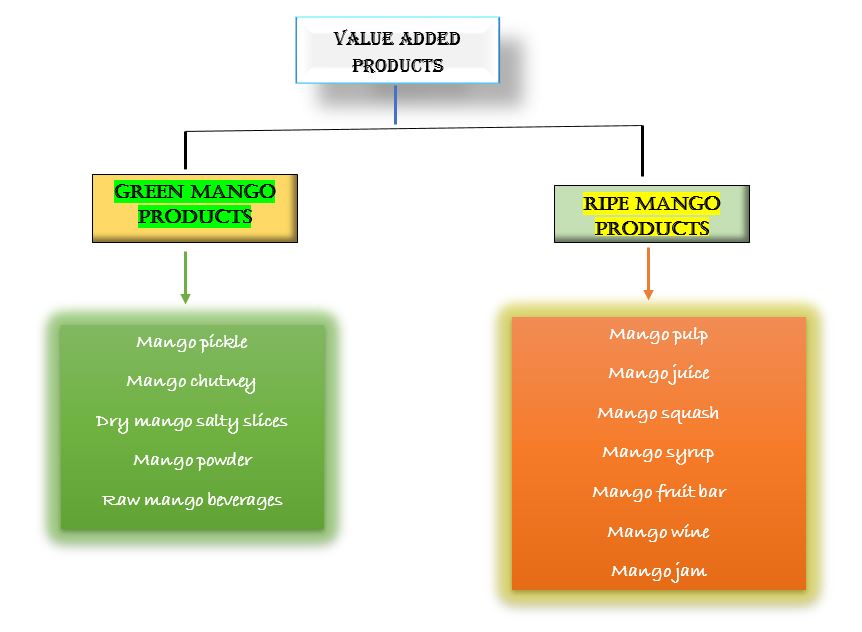
Fig1. Different value-added products of mango
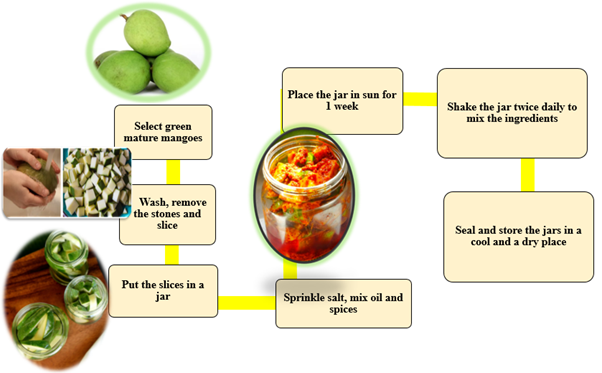
Fig.2.: Flow chart for making Mango Pickle
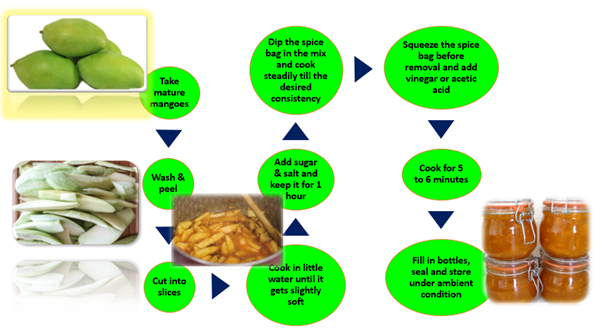
Fig. 3: Flow chart for making Mango Chutney
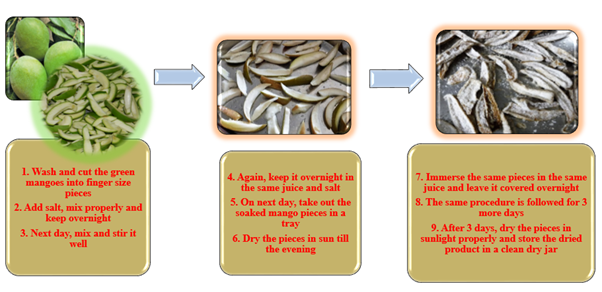
Fig. 4: Flow chart for making Salty Dehydrated Mango
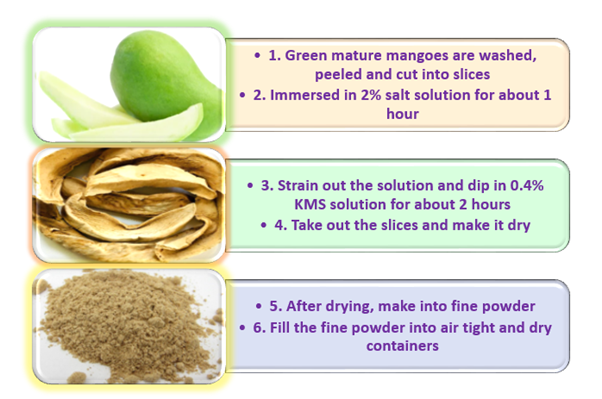
Fig. 5: Flow chart for making Mango Powder
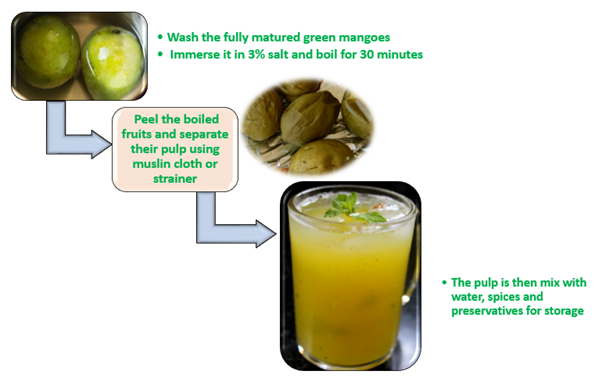
Fig. 6: Flow chart for making Mango Beverages
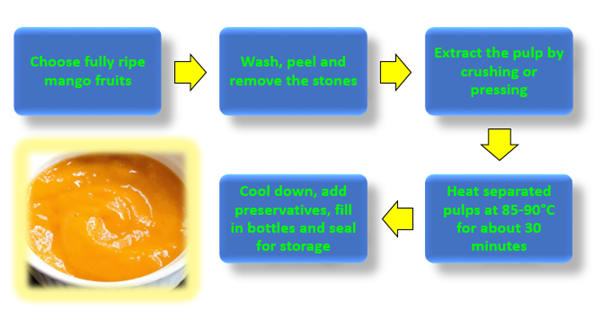
Fig.7: Flow chart for making Mango Pulp
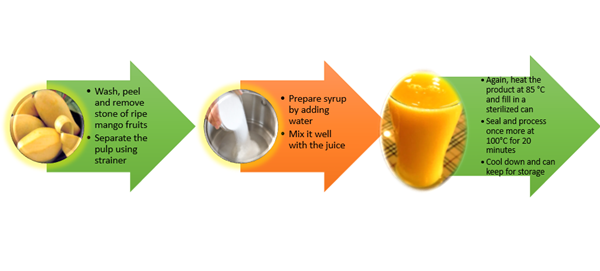
Fig. 8: Flow chart for making Mango Juice
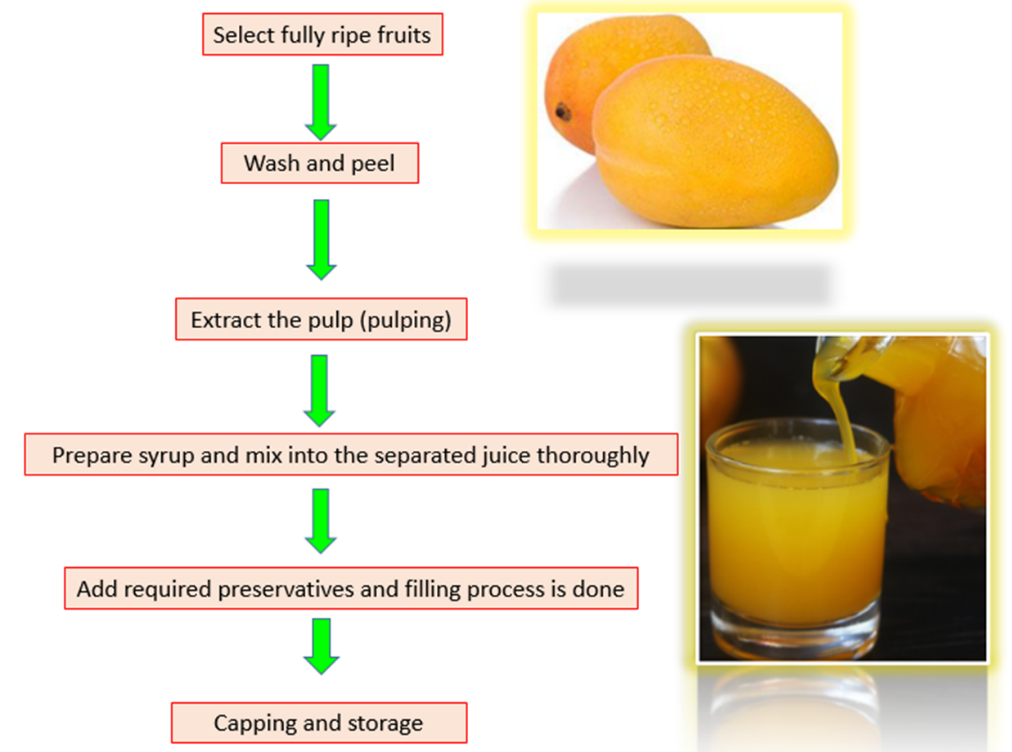
Fig. 9: Flow chart for making Mango Squash
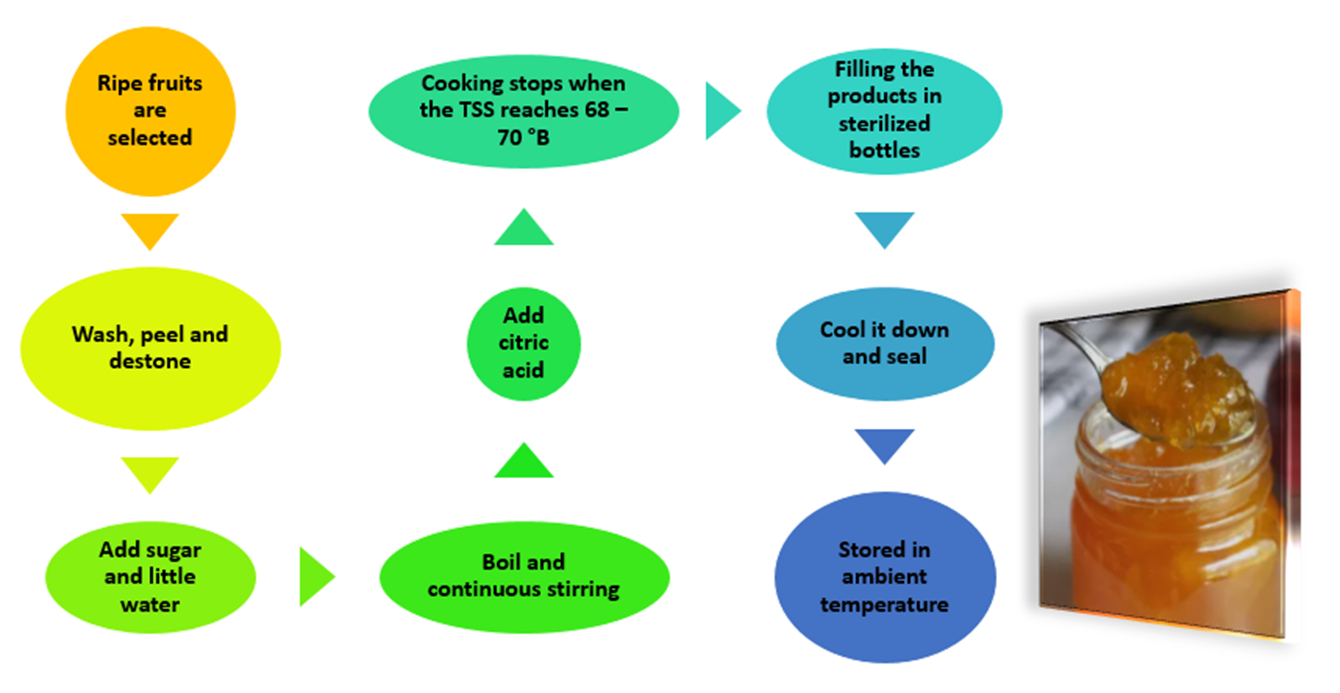
Fig. 10: Flow chart for making Mango Jam
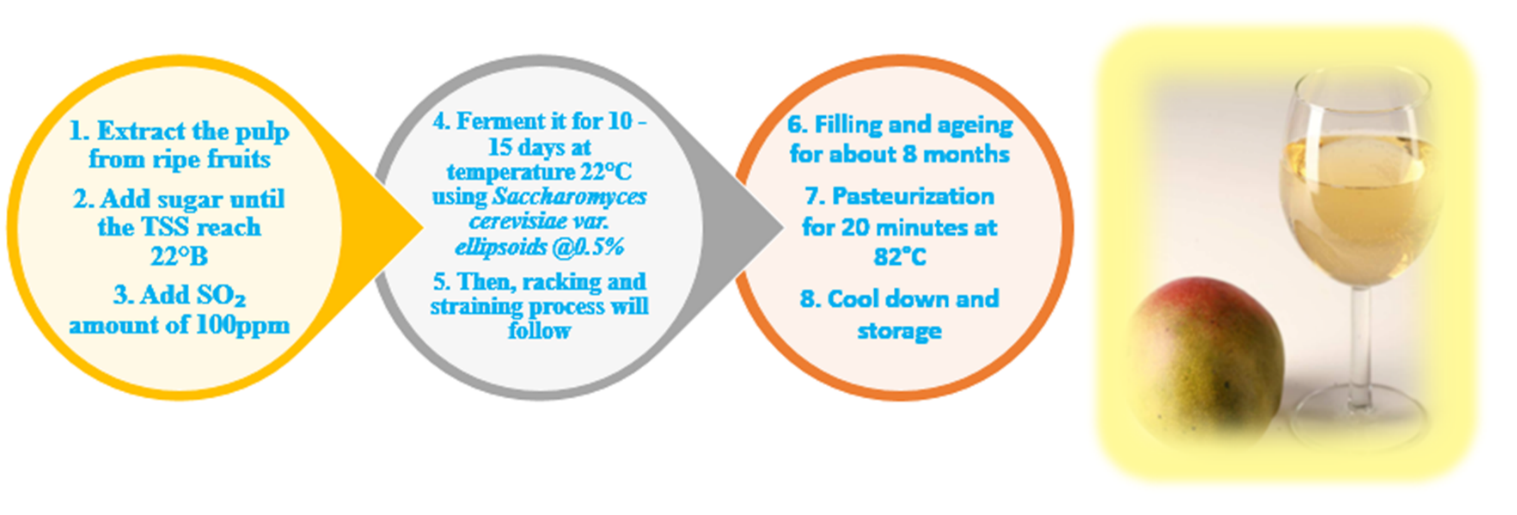
Fig. 11: Flow chart for making Mango Wine
Besides these products, mango canning and mango leather also known as “Aam papad” are very popular products of mango. “Alphonso and Dashehari” variety of mango is most suitable for canning purposes. Canned mango products are of two types i.e., canned mango pulp and canned mango slices. Mango leather is made out of its pulp, mixed with a deep sugar solution, and dried in sun. It is one of the unique traditional methods of preserving mango in India. It can be consumed in any season since it can be preserved for a very long period of time. Due to the development of new technologies, the production of new products from mango waste has also been started. It includes the making of flour from its waste kernel, starch or fat from the kernel, pectin from mango peel, and many other by-products. It is reported that the kernel seed of mango contains 9.5% protein. In comparison with other fruits, mango is very suited to the climatic conditions of our country. Also, we can estimate that different forms of value-added products from mango are produced more than any other fruits. Therefore, the selection of varieties with good shelf life, the establishment of proper post-harvest handling practices, improved transport facilities, adopting good storage and ripening practices are needed to be extended more in order to generate more income for livelihood.
(Content shared by Dr. Yengkhom Disco Singh, Department of Post-Harvest Technology, College of Horticulture and Forestry, and Rina Ningthoujam, Department of Vegetable Science, and Central Agricultural University, Pasighat, Arunachal Pradesh)